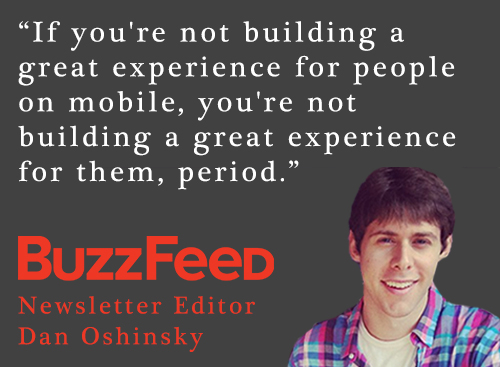Data-driven content creation is what is fueling the success of mobile-first online destinations such as Buzzfeed, Atlantic Media’s Quartz and USA Today’s For the Win.
While often dismissed by legacy publishers as cheap click-bait, these publishers have taken a very different approach from their older colleagues.
The biggest difference today is that data-driven content creation must be optimized for mobile consumption because most engagement on social media these days happens on smartphones, phablets and tablets.
“It’s logical that most social engagement is done on a mobile device, because it’s the device that you always have with you,” says Rebecca Markarian, VP, Social Media at Ayzenberg.
“While most of the deeper engagement happens in the down moments between meetings, before class starts, when you are waiting for the bus but you’ll also see lighter, quicker engagement during busier times of day such as RT’s, likes and reblogs.”
It’s just this kind of focus on the context of how, when and why the content is being consumed as well as why it’s being shared and by whom. This is at the core of data-driven content creation.
To extract this kind of data, content creators need to work closely with engineers and data analysts in a way that legacy publishers never have attempted or even want to, because it means that the user is in charge and the role of the publisher as the tastemaker is diminished.
“BuzzFeed has technology at its core. Its 100+ person tech team has created world-class systems for analytics, advertising, and content management. Engineers are 1st class citizens. Everything is built for mobile devices from the outset. Internet native formats like lists, tweets, pins, animated GIF’s, etc. are treated as equals to older formats like photos, videos, and long form essays. BuzzFeed takes the internet and computer science seriously,” wrote Chris Dixson, General Partner at Andreessen Horowitz, on his blog around the time it was announced that the firm has invested $50 million in BuzzFeed earlier this year.
This new data-driven approach to content creation is not without its critics, but, if done right, it has nothing to do with “tricking” the user into consuming content or advertising.
Mobile-first publishing often means creating “snack-sized” content optimized for consumption where session times are shorter. That means, for example, creating Vine and animated GIF length videos and articles are between 300 and 400 words long.
However, search-engines and platforms such as Facebook are not yet tuned in with this form of publishing.
Digiday recently highlighted that Facebook will measure click-bait by “how long people spend reading an article away from Facebook,” according to a blog post about the change. That is, if a Facebook user clicks on an article shared in his news feed and spends only seconds reading that article, then Facebook will deem it click-bait.
“If people click on an article and spend time reading it, it suggests they clicked through to something valuable,” Facebook’s blog post says. “If they click through to a link and then come straight back to Facebook, it suggests that they didn’t find something that they wanted.”
These practice stands to hurt publishers that produce short but non-click-bait stories who strongly feel like time spent is hardly the only indicator of “quality,” as the average time spent per visit on Facebook is less than half as long on mobile (5 minutes) than on desktop (13.2 minutes), according to ComScore.
While the debate about what is “quality” content across platforms will likely continue for as long as new disruptive technologies will be introduced, there is one metric that no one can argue with and that is conversions. For publishers, that could mean micro-transactions for unlocking content and in-app purchases. For advertisers it means being able to better target advertising towards users with purchase intent and turns them into paying customers.
“As consumers and sites improve at purchasing with mobile and big players like iPhone announce more initiatives like recently announced Apple Pay, there will be increasing focus on conversion metrics as well. Optimizing every experience to make purchasing over mobile quick and easy will be critical to keeping consumer business,” says Rebecca Markarian, VP of Social Media at Ayzenberg.
Mobile is now the lea
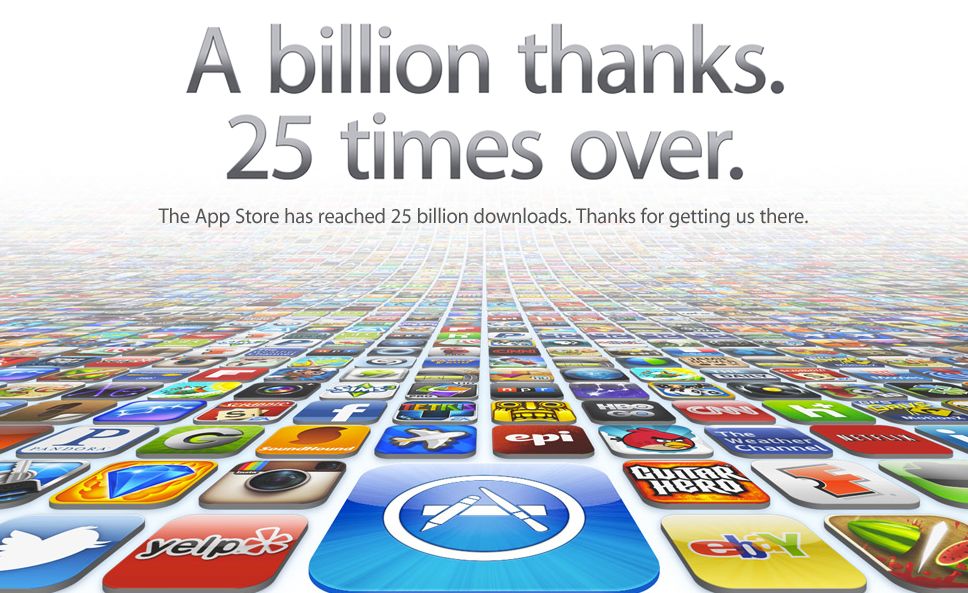
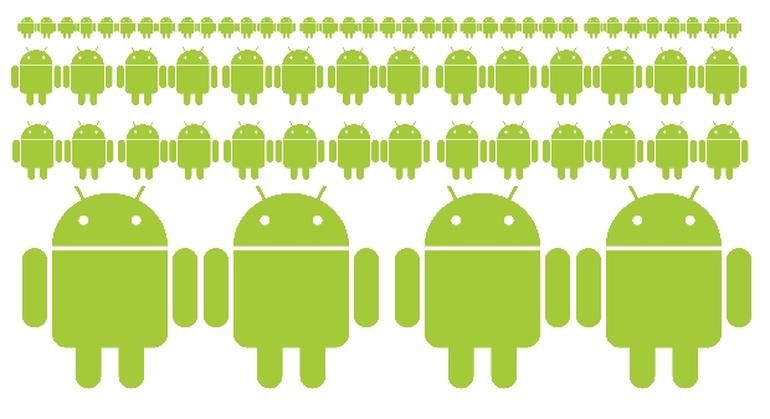
 Mike Bithell
Mike Bithell
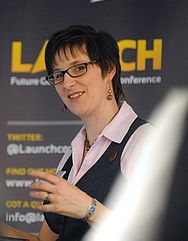 Natalie Griffith
Natalie Griffith
 Rami Ismail
Rami Ismail
 Stu Taylor
Stu Taylor
 Jason Rapp, Science Inc.
Jason Rapp, Science Inc.

 Josh Williams, Upsight
Josh Williams, Upsight
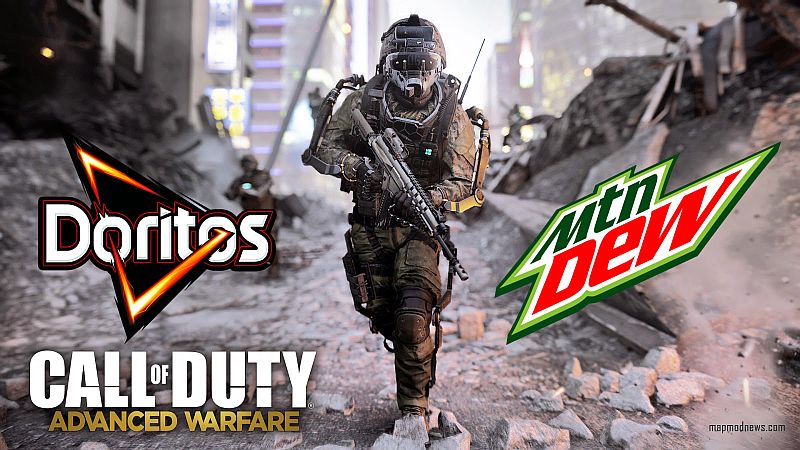
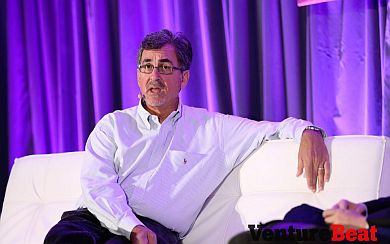 Michael Pachter, Wedbush Securities managing director
Michael Pachter, Wedbush Securities managing director
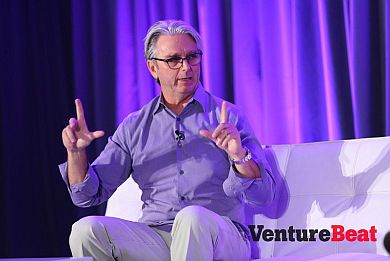 John Riccitiello
John Riccitiello
